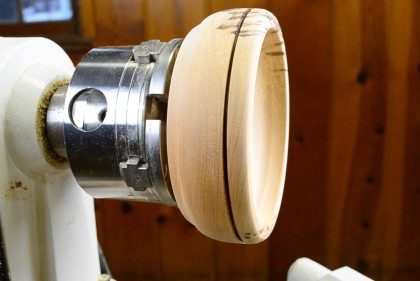Like a cold glass of water on a hot, humid summer’s day, window condensation occurs when the glass’s surface temperature is below the air’s dew point. While condensation on your windows can look bad, it’s typically not concerning. The good news is that you can minimize or prevent condensation on windows.
A few things to help stop condensation on windows overnight.
It might be time to upgrade your windows. Old, inefficient windows are notorious for collecting condensation. Often, the seal between a double pane wears out allowing the cold outside air to touch the warm inside glass, creating the perfect condition for condensation to form. Sealing air gaps around windows or replacing the window with a more energy-efficient window can significantly reduce condensation around windows.
Investing in a dehumidifier and running it in the evenings can also greatly reduce condensation; with a dehumidifier running, there is simply less moisture in the air to collect on the windows. If those things are more than you want to spend, a few simple lifestyle changes can also help reduce condensation.
Take showers and baths in the morning instead of at night. The warmer daytime temperatures will allow the steam from showers to dissipate during the day, whereas the drop in outside temperature at night, combined with steamy warm shower air, creates the perfect condition for condensation to form on windows. Even with a bath fan running, you still add a lot of humidity to the air during a shower. If you do take evening showers, be sure to let the bath fan run for an additional 30-60 minutes to exhaust any remaining steam.
Another way to reduce humidity in the air at night is to wait to run the dishwasher until the morning hours. Many modern dishwashers have a delayed start setting. You can use that to delay the start until morning when the outside temperatures start to warm up. Any steam-producing thing you can reduce or do earlier in the day will help reduce condensation at night.
If you are really desperate, you can leave a bath fan running at night to exhaust humid air outside, drawing in cooler, less humid air into your home. This has a downside: reheating the lost air will increase your energy bill. So, this is not an ideal situation. Still, if you are battling allergies from mold and mildew growing in the condensation areas around windows, this can be an intermediate option until you can get a dehumidifier or replace the windows with a more efficient window.
If you have the budget to install an ERV (Energy Recovery Ventilator), this is a great solution. The ERV will vent humid, stale air outside while drawing in fresh air at regular intervals. The ERV has a heat exchanger in it, so as the stale air is exhausted out of the house, it passes over the heat exchanger, warming the air coming in, thus reducing your energy bill without having to reheat the fresh air. Any condensation that happens at the heat exchanger is discarded through a drain.
By maintaining your humidity levels at a consistent level, you will be less likely to see condensation on your windows, your home will feel more comfortable, and your custom furniture will thank you.





